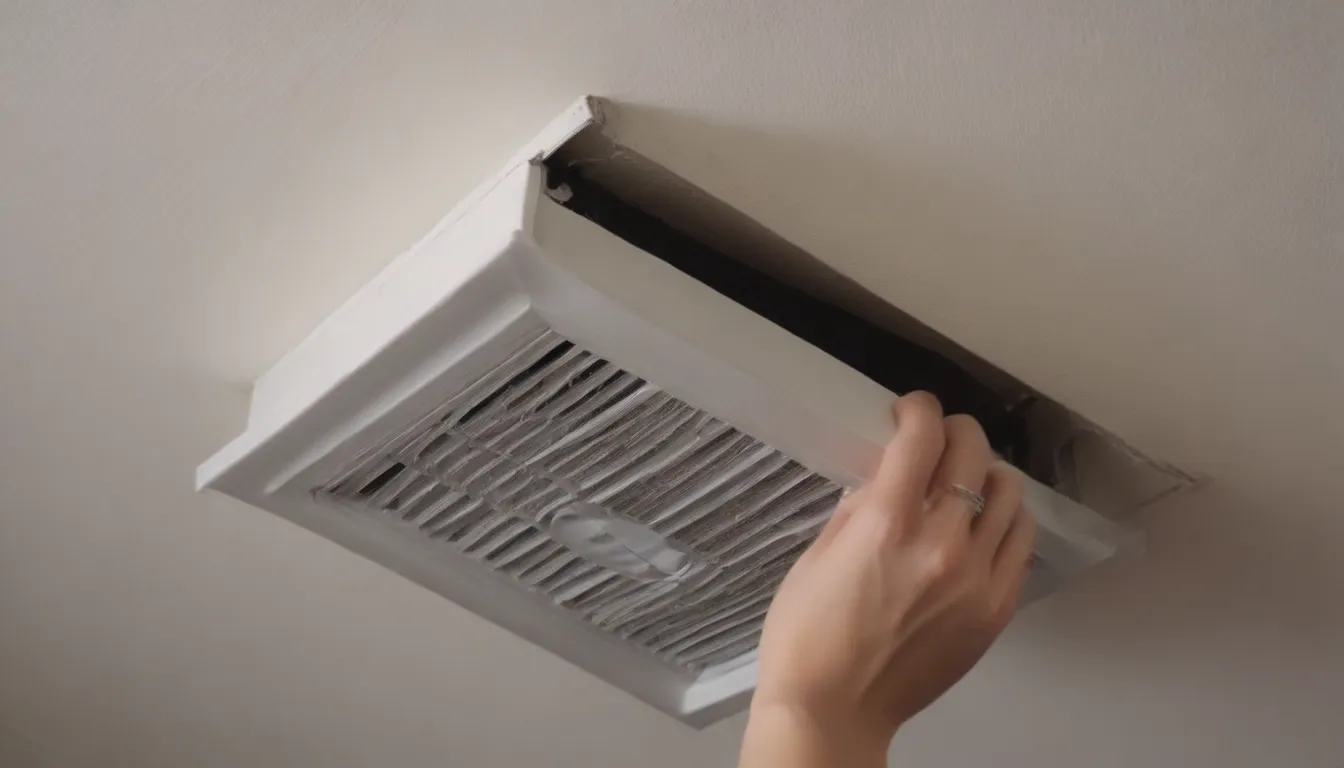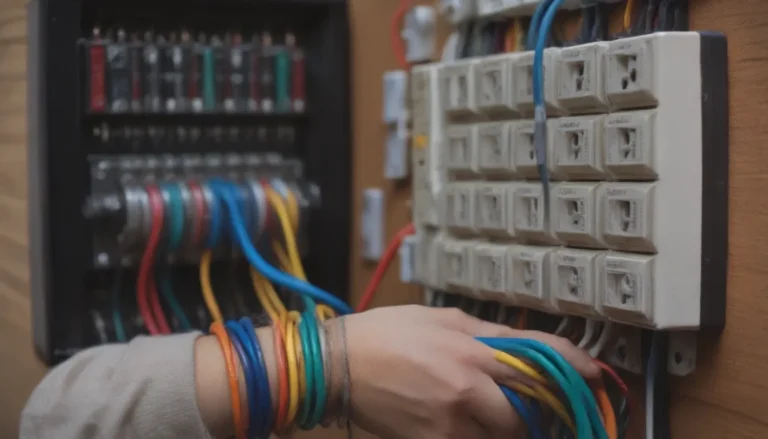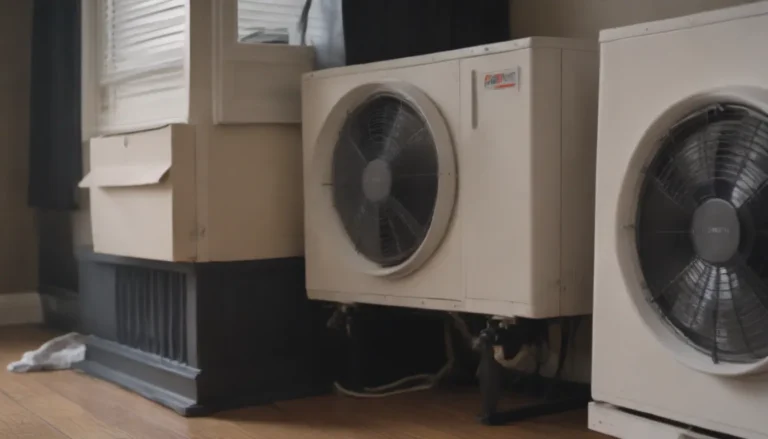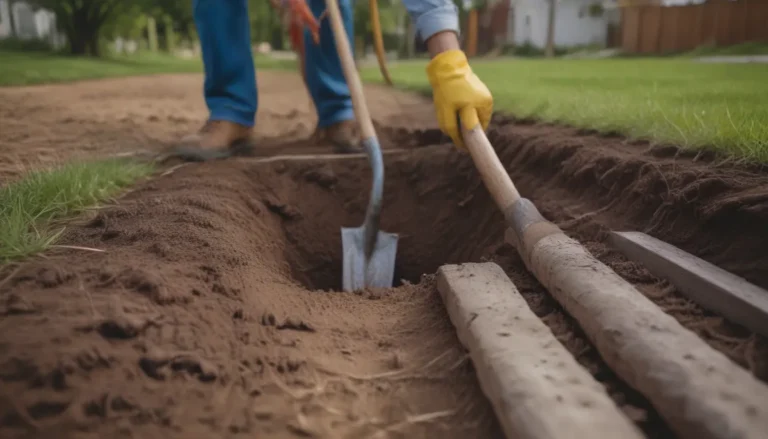How to Properly Position and Install a Bathroom Vent Fan

Are you tired of stepping out of the shower only to find your bathroom covered in condensation? Do you struggle with mold and mildew in your bathroom? If so, it might be time to consider installing a bathroom vent fan. In this comprehensive guide, we will discuss the importance of a bathroom vent fan, how to determine the best location for it, and the steps you need to take to install it correctly.
Why Install a Bathroom Vent Fan?
A bathroom vent fan is a crucial component in any bathroom, as it helps to remove excess moisture from the air. Without a vent fan, your bathroom can quickly become a breeding ground for mold, mildew, and water damage. In addition to preventing these issues, a bathroom vent fan also helps to eliminate musty odors and keep your bathroom feeling fresh and clean.
While building codes may not always require a bathroom exhaust fan if you have a window in the room, it is still beneficial to install one. Opening windows during extreme weather conditions can be uncomfortable and reduce energy efficiency. A bathroom vent fan provides a convenient and efficient way to remove moisture from the air year-round.
Positioning the Bathroom Vent Fan
When it comes to positioning your bathroom vent fan, the goal is to place it in an area of the bathroom that is exposed to the most moisture. Typically, this is above the bathtub or shower. However, you can position the fan anywhere near the bathing area to effectively remove humid air. If your bathroom has both a tub and shower or a whirlpool tub, consider placing the fan between the two fixtures for optimal ventilation.
If the bathing area is in a separate room, it’s essential to install a fan in that room as well. Additionally, you may want to consider adding another fan for the main bathroom area or near the toilet. Properly positioning the bathroom vent fan will ensure that the moist air is expelled quickly and efficiently.
Planning the Vent Ductwork Route
Bathroom exhaust fans must be vented through either the roof or the side of the house. When planning the location for the bathroom exhaust fan, consider the shortest and most direct route for the ductwork to reach the exterior vent cap. Ideally, the fan unit should be within 6 feet of the vent cap to maximize airflow.
Longer duct runs can reduce the effectiveness of the fan and increase the risk of condensation buildup inside the duct. You can terminate the duct through the roof, a gable wall, or even a soffit, depending on your specific setup. Avoid venting through a side wall below a soffit, as this can trap moist air under the eave overhang.
Checking the Attic
Before installing the bathroom vent fan, head into the attic to ensure there is enough space for the fan unit and ductwork. Measure from an exterior wall, plumbing vent pipe, or electrical boxes to determine the best placement for the fan relative to the bathroom fixtures below. Make sure there is sufficient room to transition from the fan housing to the duct and that the vent cap will be clear of any obstructions.
When cutting a hole in the ceiling for the fan housing, start by drilling a locator hole to confirm the location and check for any potential obstacles. Avoid venting the bathroom exhaust fan into the attic, as this can lead to mold growth and structural damage. Venting through the wall or roof is acceptable, but remember that a shorter route is preferable for optimal performance.
Additional Tips for Installing a Bathroom Vent Fan
- Turn on the bathroom vent fan before showering and leave it on for about 20 minutes after to remove residual steam.
- Ensure the fan is installed between two ceiling joists and that there is enough space to transition to the duct.
- Use a drill and small bit to drill a pilot hole for accuracy when cutting holes for the fan housing and vent cap.
- It is not recommended to vent the bathroom exhaust fan into the attic, as this can lead to moisture issues.
By following these tips and guidelines, you can effectively position and install a bathroom vent fan to keep your bathroom free of mold, mildew, and excess moisture. Say goodbye to steamy mirrors and musty odors, and hello to a fresh and clean bathroom environment!





